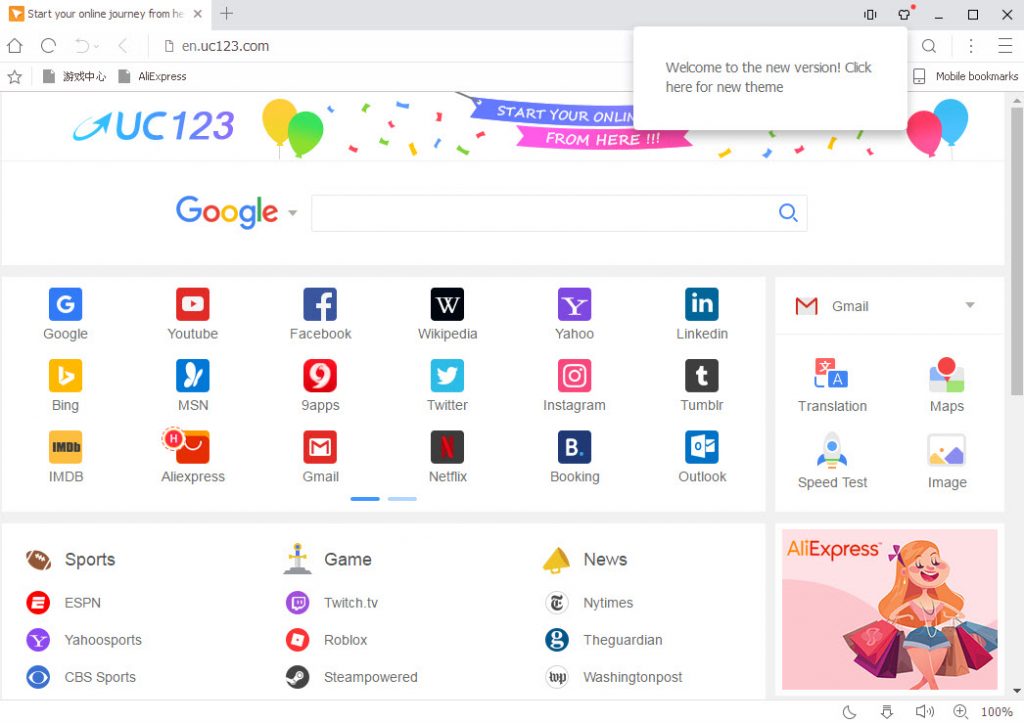iPad is a limited device. But the limits are artificial. The ones set by Apple engineers and Steve Jobs. The ones broken by iOS developers.
- ICab Mobile An alternative Web Browser, featuring a download manager, filters, UserAgent switcher, private mode, fullscreen mode, highly configurable, multi-user support, kiosk mode, guest mode and much more. ICab Mobile iCab Mobile is a web browser for the iPhone.
- Special Home Finding; Hosting Program; Post Legal Adoption Services; Guidelines on Amendment of Birth Certificate; Authorization of Foreign Adoption Agencies.
- ICab is a web browser for Mac OS by Alexander Clauss, derived from Crystal Atari Browser (CAB) for Atari TOS compatible computers. It was one of the few browsers still updated for the classic Mac OS prior to that version being discontinued after version 3.0.5 in 2008; today Classilla is the only browser still maintained for that OS.
- ICab is not available for Windows but there are plenty of alternatives that runs on Windows with similar functionality. The most popular Windows alternative is Mozilla Firefox, which is both free and Open Source.If that doesn't suit you, our users have ranked more than 100 alternatives to iCab and loads of them are available for Windows so hopefully you can find a suitable replacement.
Both comments and trackbacks are currently closed.
Yes, there are a lot of things you can't do on the iPad. You can't access the file system or make one app talk to another directly. No sharing between apps. No side by side multitasking either. But for every single thing that the iPad can't do, there are multiple things it can, rather magnificently.
Today, I'll tell you about one such app called iCab ($1.99, Universal). It is a browser that lets you do everything that Safari says is a no-no. Multi-touch gestures,keyboard shortcuts, multi-user login and most importantly – integration of services from different apps.
1. Gestures
iPad has a big, beautiful retina screen. One that responds amazingly to touch and is advanced enough to make out the differences between 4-finger tap and a 4-finger swipe. Not putting it to good use is a shame.
Multi-touch gestures
From Settings -> User Interface -> Multitouch Gestures you can assign multiple 1 to 4-finger tap and swipe gestures, totaling to about 17 combinations.
What all can you do with it? Lots. Not only are generic functions like next tab, previous tab, fullscreen, etc included, but you can also pull directly from 50 or so included modules. What are modules? We'll talk about them in detail below but right now just think of them as bookmarklets or extensions. So, with one multi-finger gesture, you can send the page you are currently reading directly to Pocket. Neat, eh?
Drawing gestures
Screens 4 3 5 – access your computer remotely drive. Yes, drawing gestures on screens are nothing new. In fact, I remember using them on my Java based phone that had a resistive touchscreen. I had to use (gasp) a stylus!
But thankfully, drawing experience on the iPad using my fingers is nothing like that. Elder scrolls online register. Yeah, the alphabets are sometimes still a miss but the generic gestures like arrows, lines and shapes are registered every time.
Again, what can you do with it? You can assign an alphabet to open your favorite websites like Guiding Tech. So next time you draw the letter G, you'll be greeted by us!
Icab App
But of course, you can do a lot more than that. The Action list goes on for a couple dozen more options and I suggest you explore them on your own. Drawing gestures include all the generic and specific actions I talked about in the multi-touch sections above. There's also support for sharing a page, saving a screenshot, adding a page to bookmarks and basically every action you can do by tapping a button or fiddling with menus can be done by drawing on the screen.
Assigning Drawing Gestures
You can assign gestures from the Settings menu but there is a more convenient option located in the Toolbar. Tap the hand icon, draw a gesture and assign an action.
2. Modules
Modules are snippets of code that let you interact with a different service or an app directly from iCab. So, by assigning a multi-touch gesture, you can potentially send a page to Pocket, your Safari Reading List or Evernote, share the page on Facebook or twitter or even convert the page into a PDF or ePub book. All of this is done by using web services integrated inside the app.
Check out all the modules by going into Settings -> Services -> Modules.
3. Keyboard Shortcuts
If you are even a little bit serious about working on the iPad, you have a keyboard dock. iPad, with its distraction free setup is a great tool for writers. But writing and browsing goes hand-in-hand. If you use iCab to do your online research, you can save the trips from the keyboard to the screen by using built-in keyboard macros or assigning new ones yourself.
4. Background Downloads
Spillo 1 8 1 download free. This is one of the biggest features introduced in iCab 8.0, thanks to iOS 7's background refresh. iCab can now always stay in background, so if you are downloading a big file (yes, unlike Safari, iCab lets you download files), you can go ahead and put the iPad to sleep or switch to any other app without worrying about killing the download.
5. Multiple User Logins
iPads are now home computers, we share them with our family members. But there are always things like email that you might want to keep private.
Now, thanks to iCab your entire family can use one browser to get online without invading each other's privacy.
6. LastPass and Firefox Sync Integration
Is Firefox your desktop browser? Would you like to have all your bookmarks and history available directly in iCab? Do you use LastPass to save passwords for websites? Film descent of the sun.
Icab Browser For Mac
iCab integrates with both Firefox Sync and LastPass to bring you desktop like browsing experience on your iPad.
And A Lot More
There's a lot more to iCab than the features listed here. As always, the best way to learn about a new app is to do some exploring yourself.
Top image credit: Michael Coghlan
The above article may contain affiliate links which help support Guiding Tech. However, it does not affect our editorial integrity. The content remains unbiased and authentic.Also See#browser #Firefox

Did You Know
You can use the Chrome search bar as a calculator.
More in iOS
3 Best Ways to Transfer Contacts From iPhone to Android Without a PC

Did You Know
You can use the Chrome search bar as a calculator.
More in iOS
3 Best Ways to Transfer Contacts From iPhone to Android Without a PC
2Summary: iCab, a new web browser, uses the LINK tags from the page headers to provide additional navigation links to the users. This structural navigation provides a valuable alternative to users.
By Jakob Nielsen
iCab is a new Macintosh browser from Germany that introduces some interesting features to help users navigate the structure of a website. It is nice to see some competition to Internet Explorer: the Europeans have not given up innovating in Internet software, as also indicated by the Norwegian Opera browser for Windows.
To give Microsoft credit where it's due, Internet Explorer is improving with every release. For example, version 5 finally introduces the ability to bookmark frames - 'only' three and a half years after this abomination was inflicted on the unsuspecting public. But much remains, so it's good to have alternative designs of Web browsers that do not come from the Mosaic tradition.
iCab uses the LINK tags from the page headers to provide additional navigation links to the users. The following screen shot shows an example of such links from one of my Alertbox columns. Apple excel app free.
Macbook mini keyboard. The pop-up menu allows the user to navigate directly to pages that are related to the current page:
- The style sheet
- The home page for the current website (useit)
- The parent page to the current page (the list of all Alertboxes)
- Sibling pages: the previous and next column in the chronological sequence of Alertbox columns
I would have preferred a design that didn't show the style sheet, since no normal user will want to view the CSS code that defines the presentation of the page. Also, I would have preferred a design that used the REL (relation) attribute in the LINK tag to name the structural links. For example, it would have been better to explicitly state that the link I named 'List of all Alertbox columns' is the parent (i.e., one level up in the information architecture). Of course, I try to use good link names, but many Web authors pay less attention to micro-content, so users may need to have the links explained.
The small buttons above the link menu are used for structural navigation, so users have one-click access to the most important related pages, making the issue of named menu items less critical.
The great breakthrough in the iCab link menu and navigation buttons is the introduction of structural navigation to Web browsing. There is now a standardized way for users to get to higher levels of the information architecture and to pages that have specific relationships to the current page. In other words, the user interface is being liberated from the narrowing confines of single-page viewing and moved into the more appropriate direction of navigation support. With structure navigation standardized in the browser, users will be less lost in the future and the Web pages themselves can focus more on content.
(Keith Instone points out that iCab lists LINK tags in the sequence in which they appear in the page HEAD. This is a reason to think carefully about the sequence and make sure that the LINKs appear in a logical order with the most important ones first.)
See Also:
- Interview with the creators of iCab, March 1999

